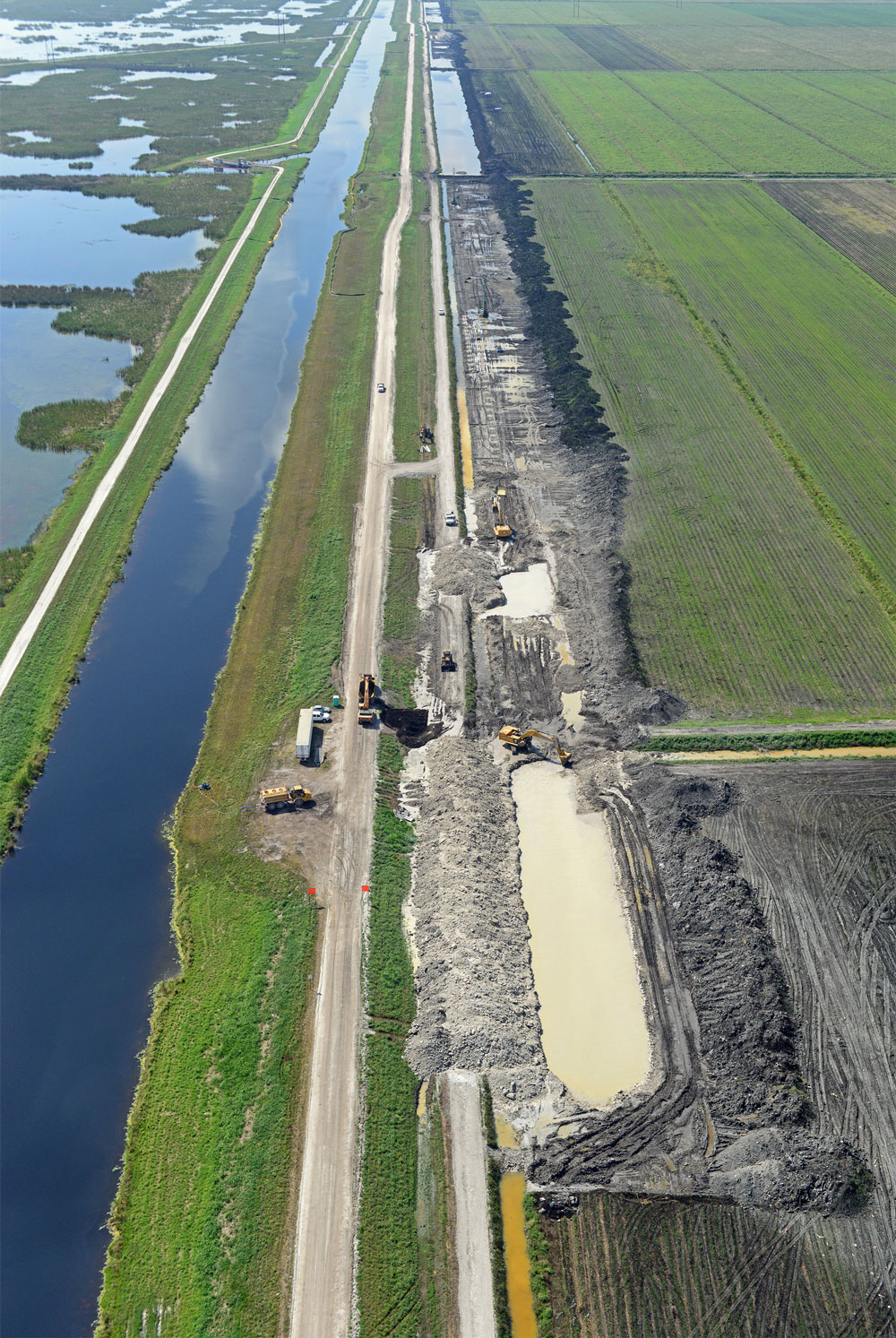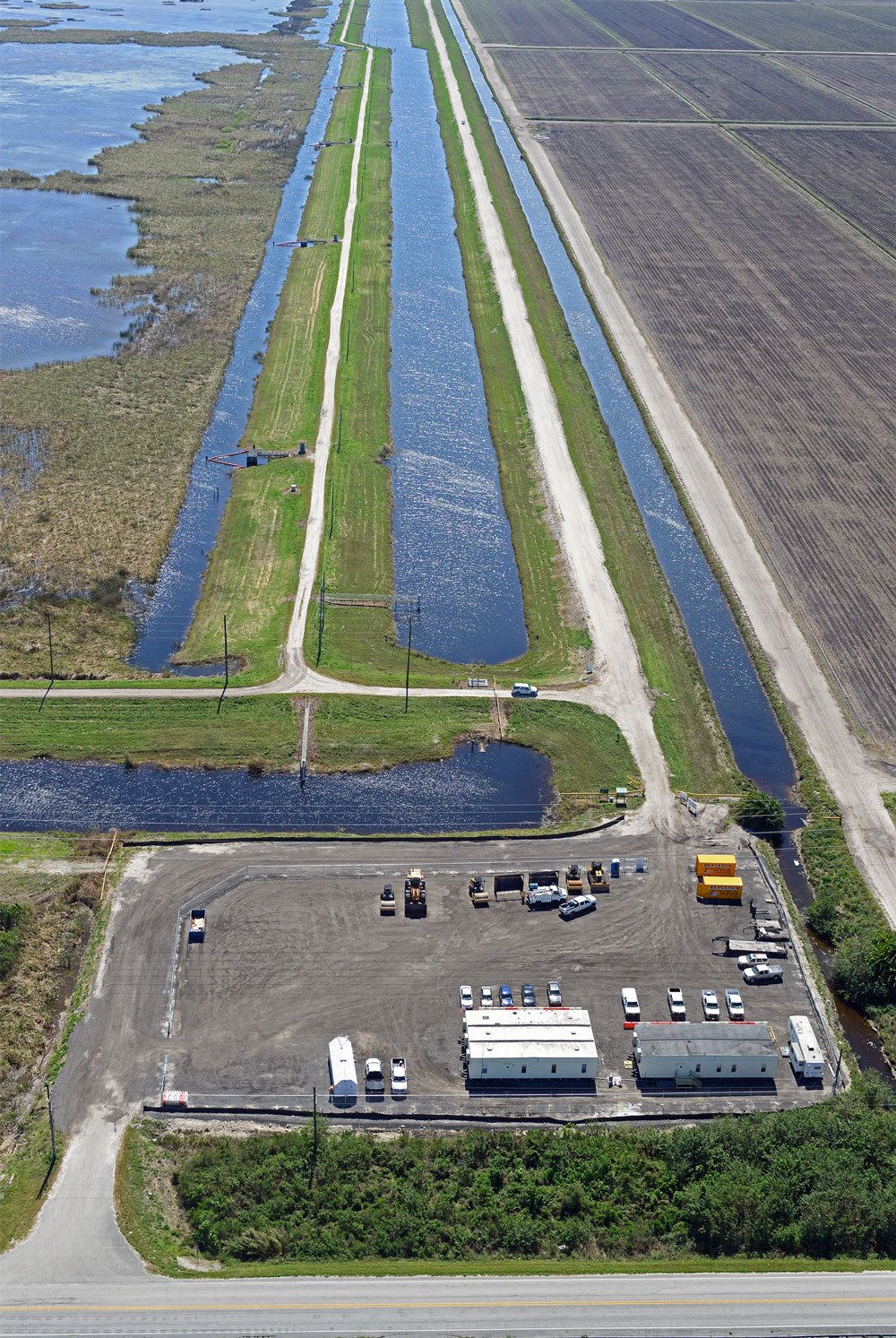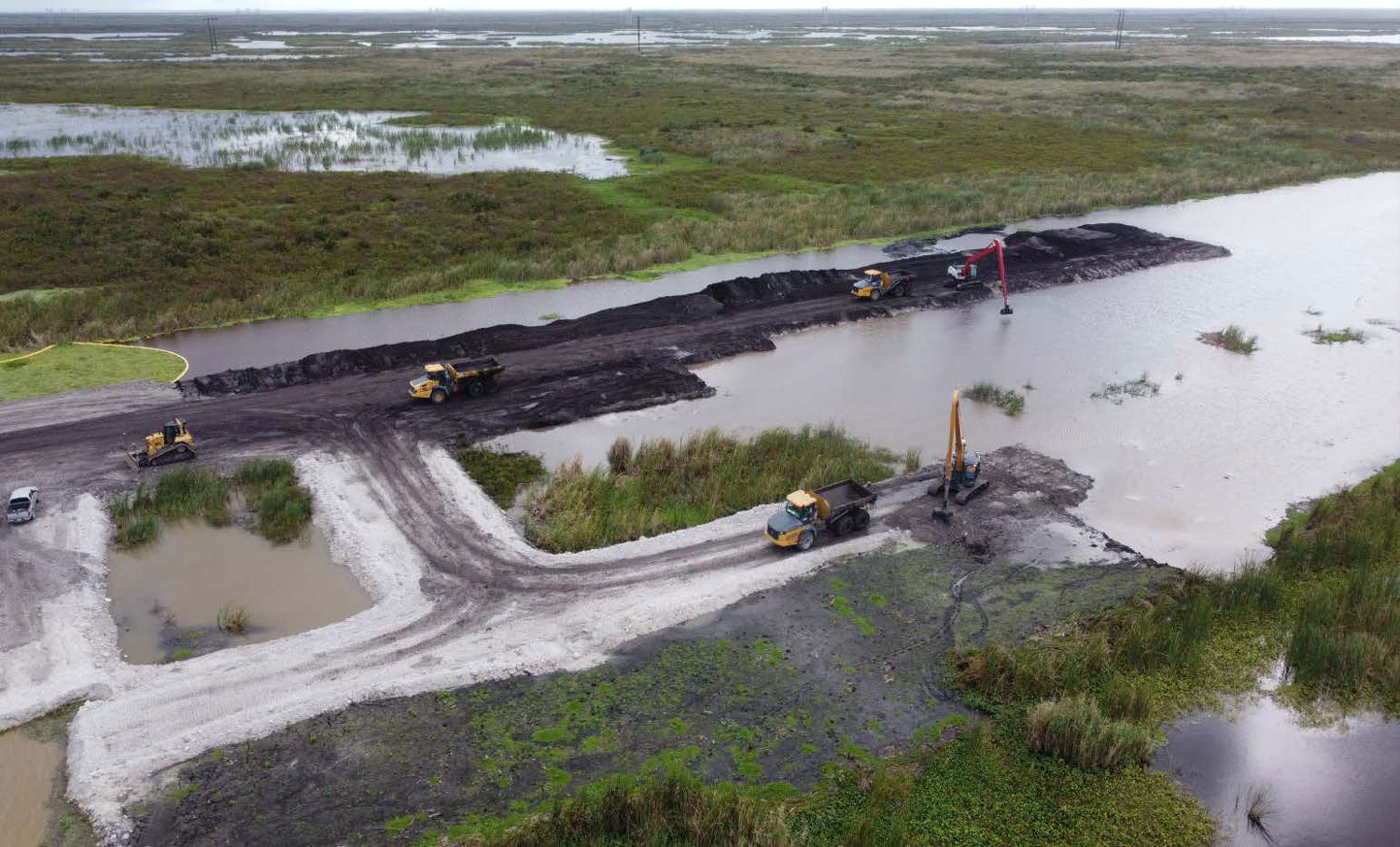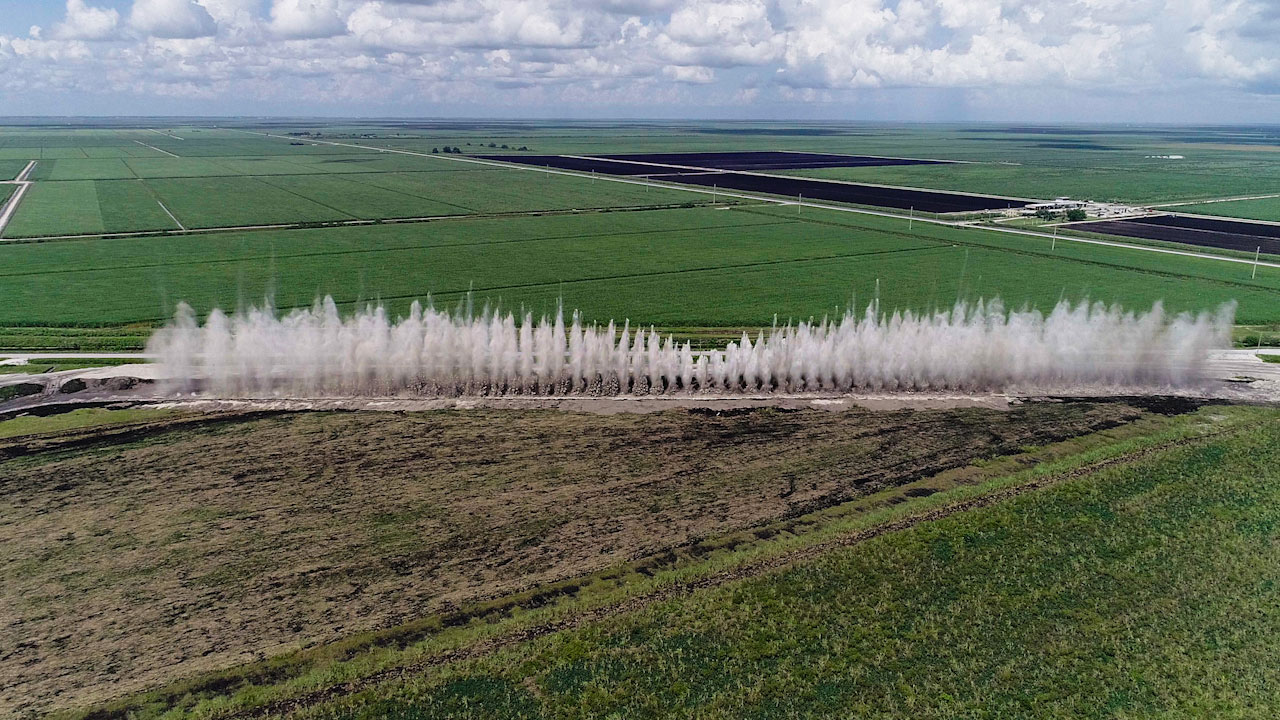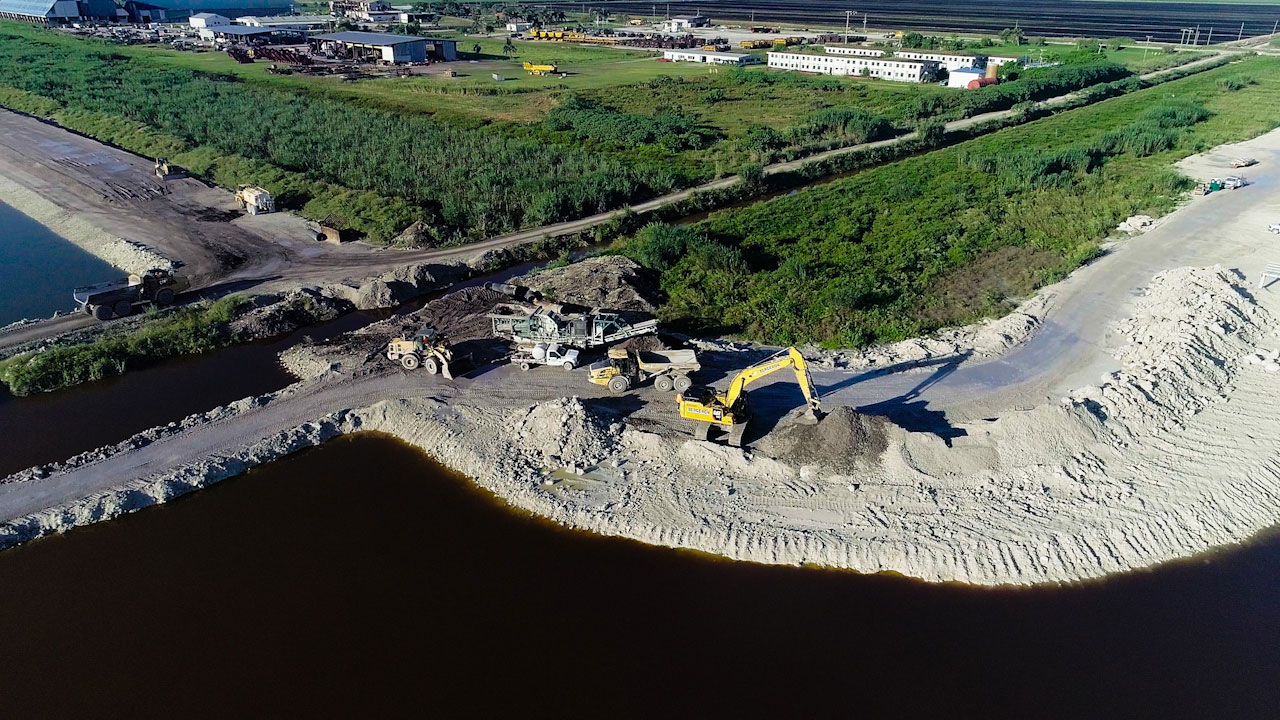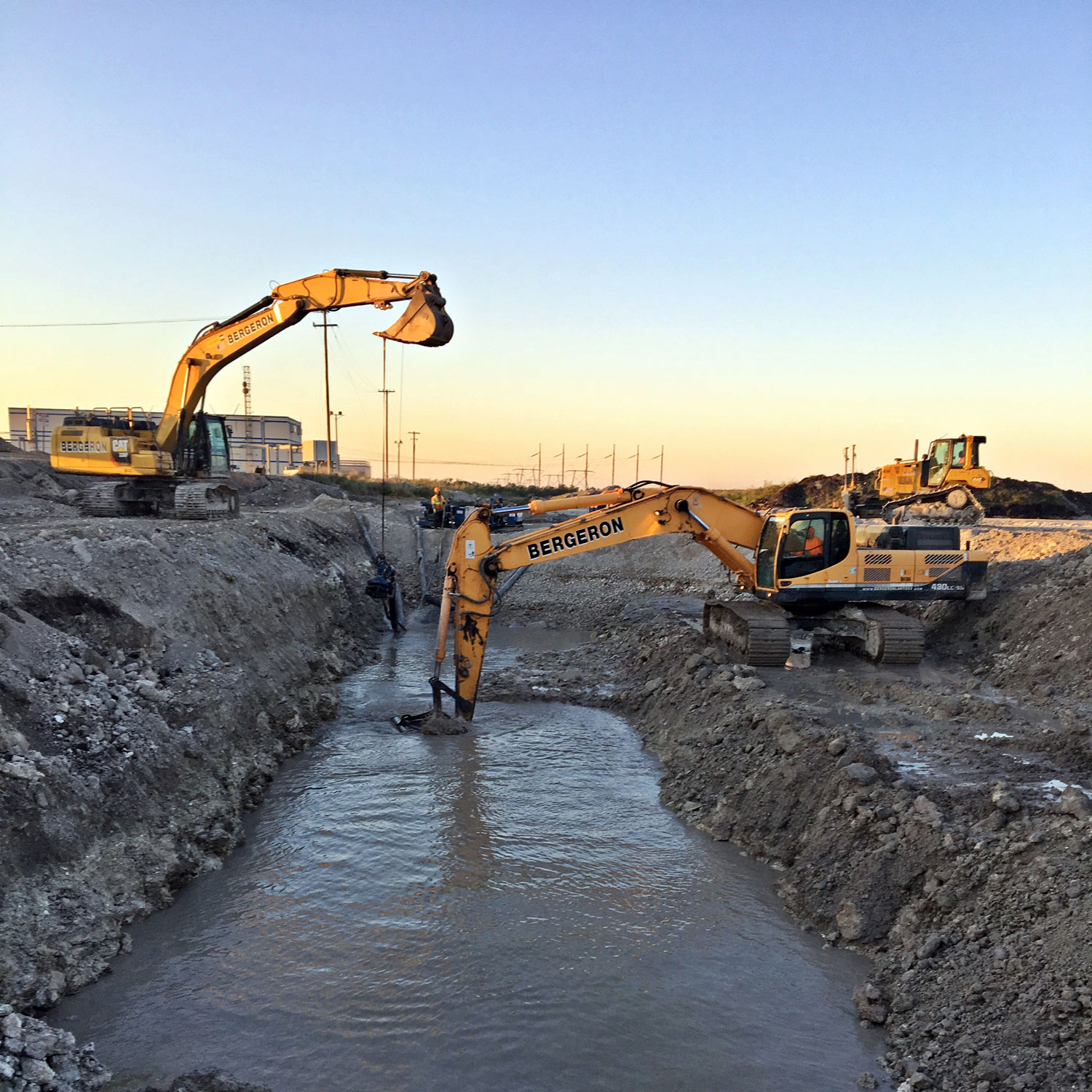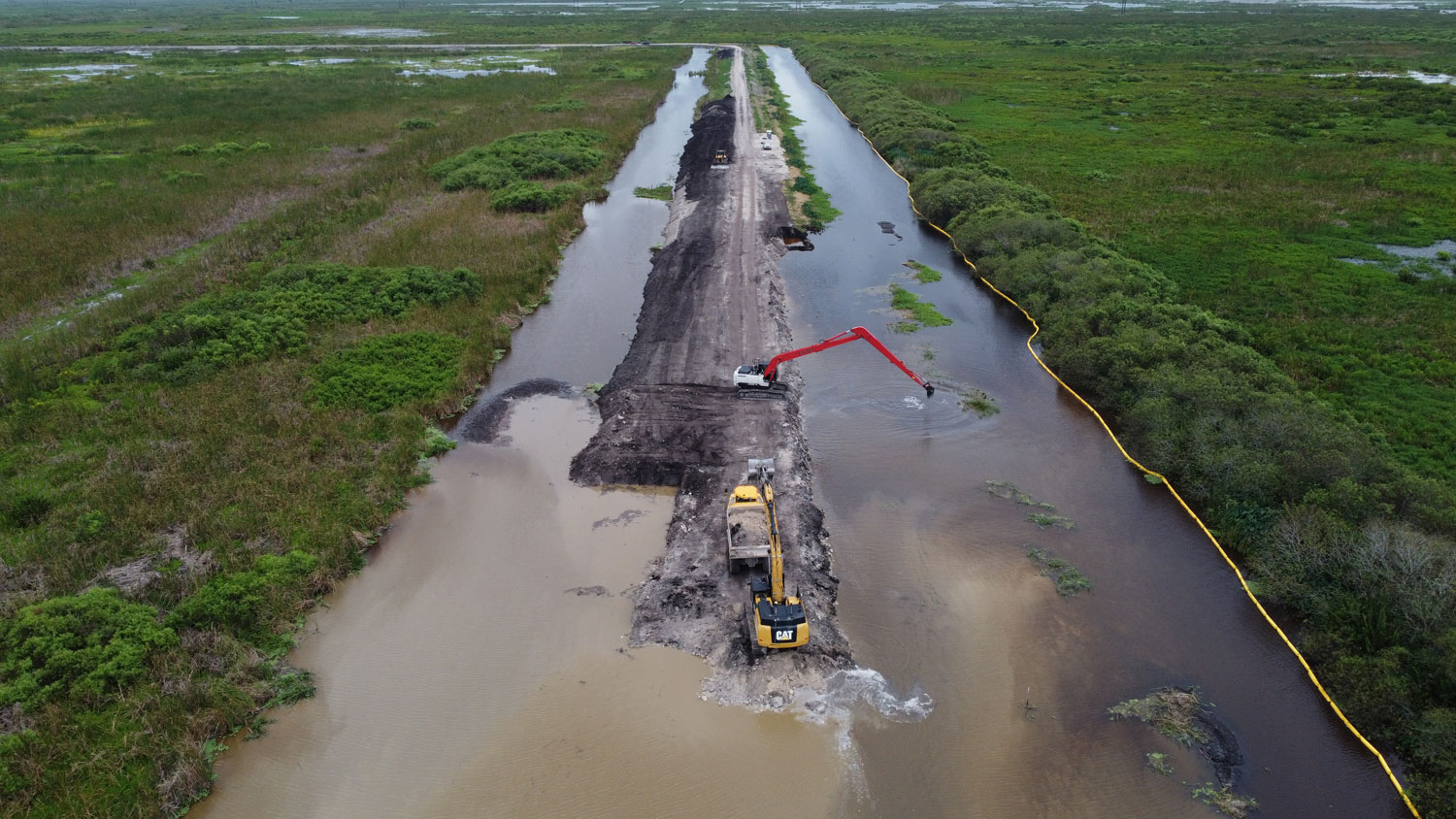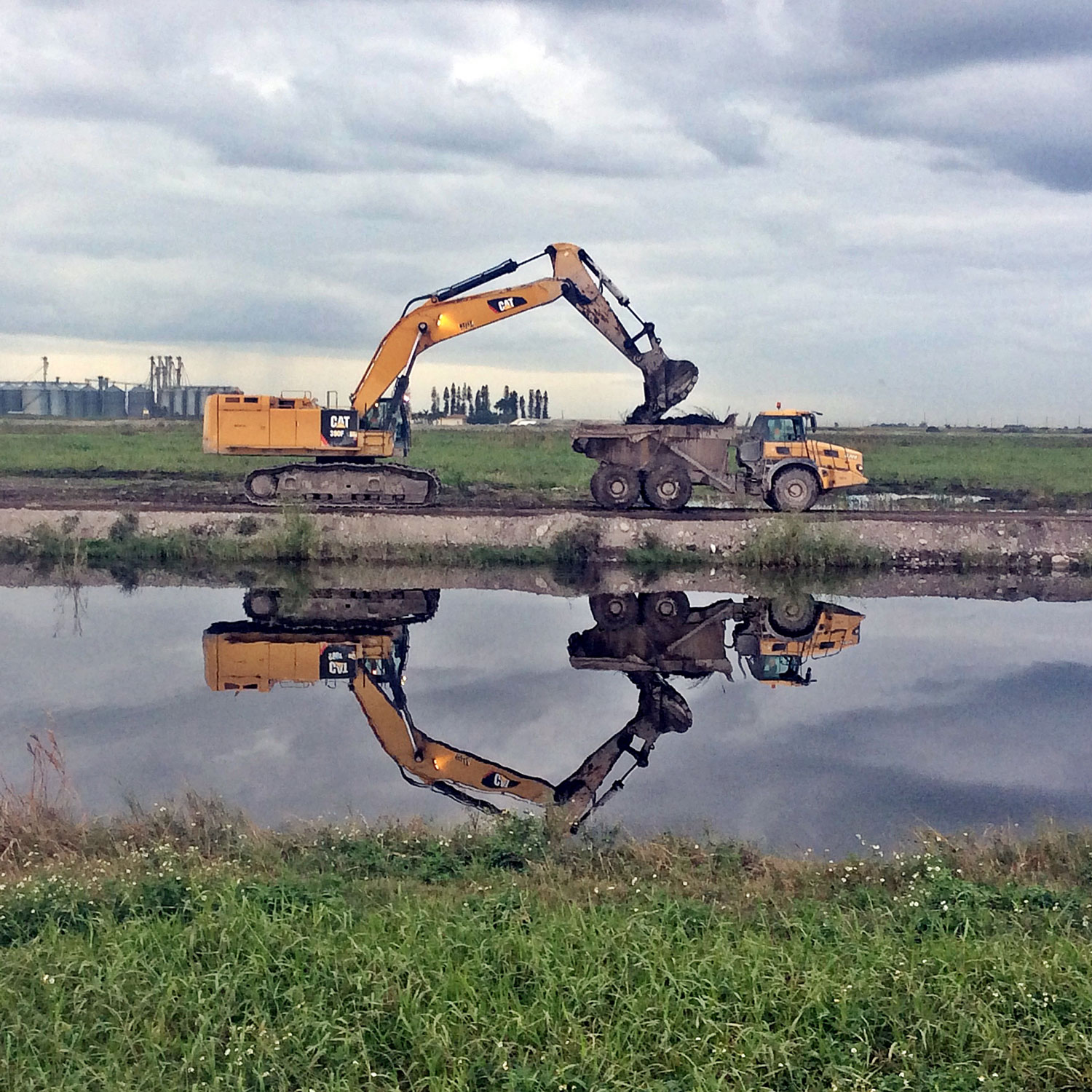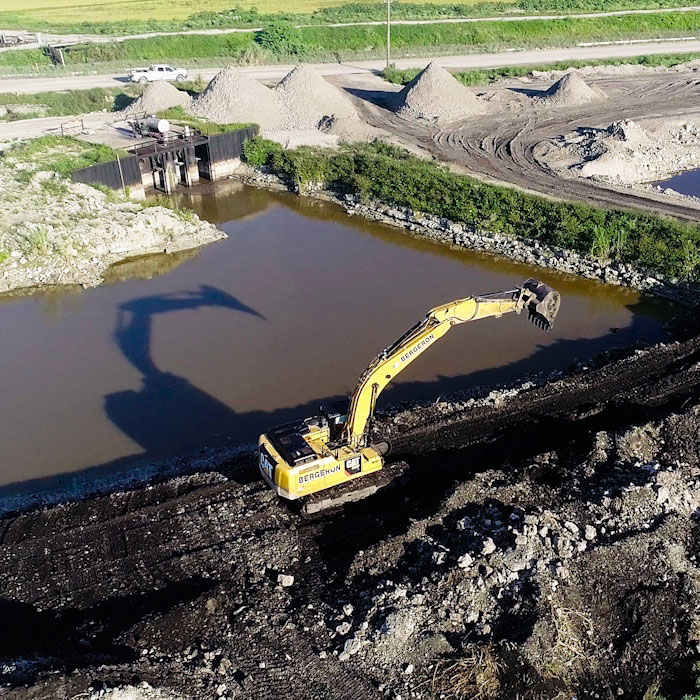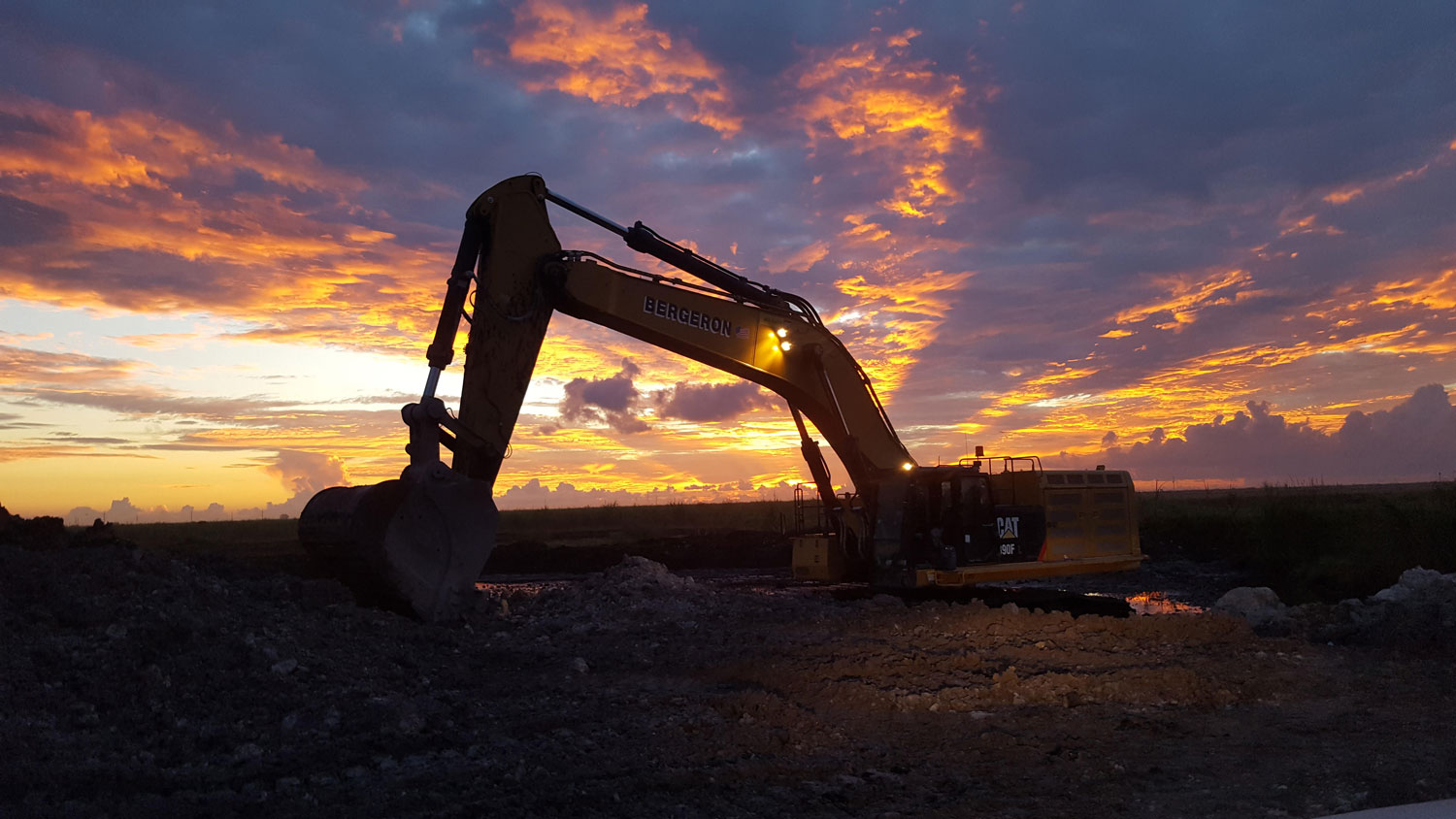Restoring the Everglades
 Restoring the Everglades
Restoring the Everglades
Bergeron Land Development Founder Alligator Ron Bergeron is a true Gladesman. He visited the Everglades with his grandfather at the age of three and he’s been going ever since.
He has an intimate knowledge of the camps, tree islands and sloughs in the sprawling marsh – a knowledge he is quick to share, especially with legislators in a position to do the right thing for the Everglades. Over the years he has given many lawmakers airboat tours of what he refers to as one of the 10 natural wonders of the world.
In 2004, he established the Bergeron Everglades Foundation which is dedicated to the preservation and restoration of the Florida Everglades – including restoring habitat loss and reestablishing naturally existing water levels.
Professionally, his expertise in land reclamation and responsible development practices aimed to minimize the impact on the environment, led to Bergeron Land Development securing several projects that benefited the Everglades.
In Palm Beach County, the Stormwater Treatment Area 2 (STA 2) is a 16,941-acre constructed wetland designed to reduce phosphorus loading to the northern Everglades and Loxahatchee National Wildlife Refuge. Agricultural practices for decades resulted in phosphorus from fertilizers and organic soils being carried into the Everglades by storm runoff, causing a change in the Everglades landscape.
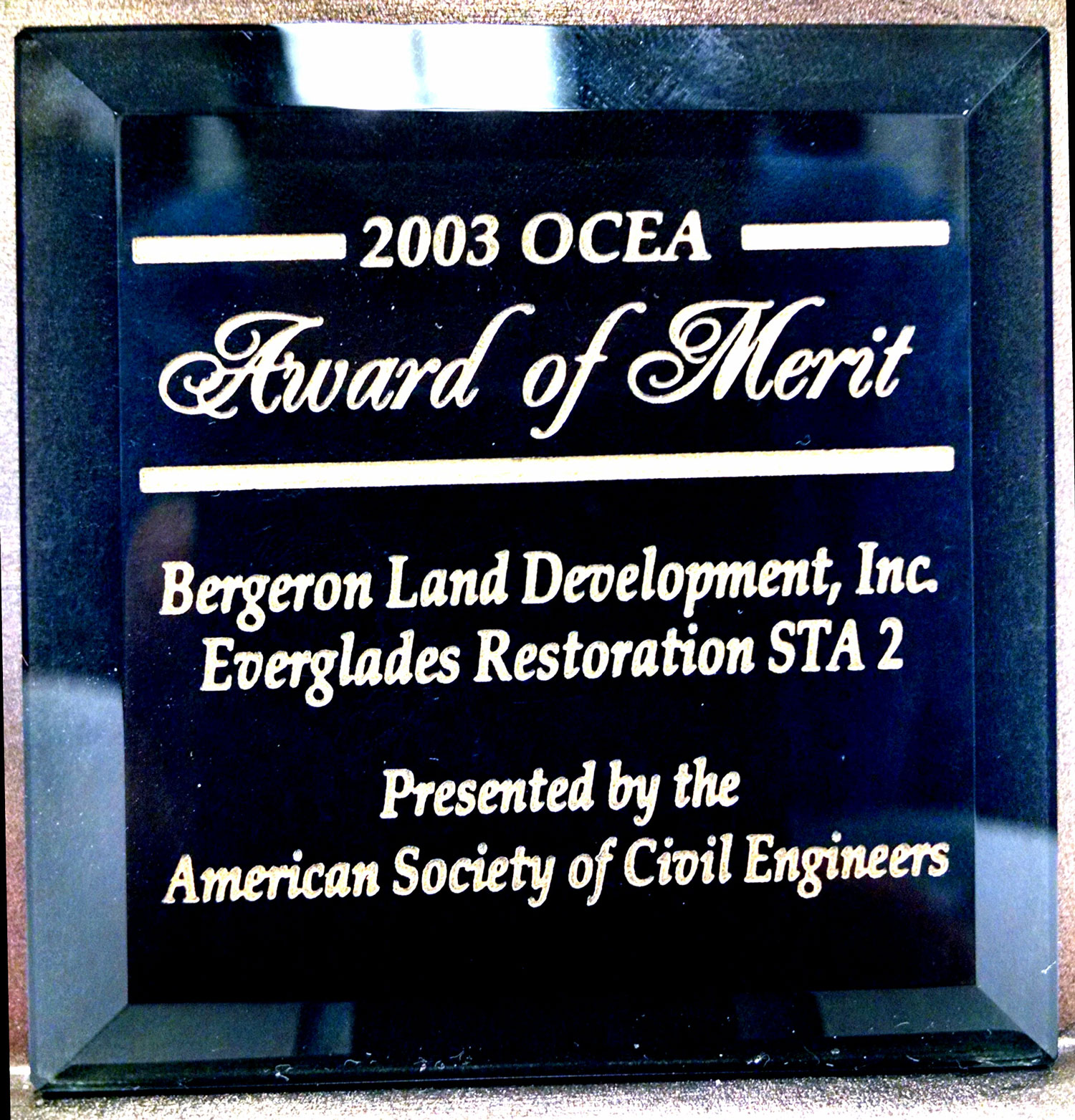 Bergeron Land Development was tasked with restoring the STA-2 and project through the construction of numerous levees, berms and canals. After successfully completing the Stormwater Treatment Area 2 and WC2A Hydropattern Restoration Works for South Florida Water Management District, Bergeron was featured in Construction Today Magazine and the projects were awarded the 2003 OCEA, Award of Merit, from the American Society of Civil Engineers for best design, quality, importance and completion.
Bergeron Land Development was tasked with restoring the STA-2 and project through the construction of numerous levees, berms and canals. After successfully completing the Stormwater Treatment Area 2 and WC2A Hydropattern Restoration Works for South Florida Water Management District, Bergeron was featured in Construction Today Magazine and the projects were awarded the 2003 OCEA, Award of Merit, from the American Society of Civil Engineers for best design, quality, importance and completion.
In Miami-Dade County, Bergeron Land Development constructed multiple levees, berms, and canals on the C-51 Canal within the Everglades National Park. During this Federal Aid Project with the US Army Corp of Engineers, Bergeron Land Development took extra steps to protect the ecosystem such as the installation of piezometers to monitor the environmental impact construction was having on the area. In addition, turbidity and silt fences were used to maintain safe and protected areas for the many animals who call the Everglades home.
In Palm Beach County, expanded the Stormwater Treatment Area (STA-1W) which involved developing 4,600 acres of inactive farmland located within the 11,100-acre Gladeview Water Control District, building an additional stormwater treatment area for the agricultural stormwater runoff in the surrounding areas, and constructing approximately 11 miles of collection, spreader, and discharge canals.
In Martin County, Bergeron Land Development completed the construction of the C-44 Reservoir and Stormwater Treatment Area (STA), a critical part of its Comprehensive Everglades Restoration Plan (CERP). The reservoir can store 50,600 acre-feet of water captured from local basin runoff and Lake Okeechobee releases. The STA treats the water to reduce nutrient loads and heighten water quality which improves the health of the St. Lucie Estuary and the Indian River Lagoon and restores the historic flow of clean water back to the Everglades. The fully functional STA can treat 46 billion gallons of water each year and remove about 45,200 pounds of phosphorus.
Back in Palm Beach County, Bergeron Land Development was hired to refurbish the initial Stormwater Treatment Area (STA-1W). By relocating and/or removing levees, and re-grading the areas within the spreader canal cells, the ability to improve water quality discharges to the Everglades Protection Area was greatly improved.
The entire Bergeron team is honored to have played a small role in restoring this natural wonder. Much remains to be done and Bergeron Land Development stands ready with the expertise, the passion and commitment to get the job done.
To learn more about the Everglades, its history, its challenges, and its wildlife or to make a donation, please visit the Bergeron Everglades Foundation.
